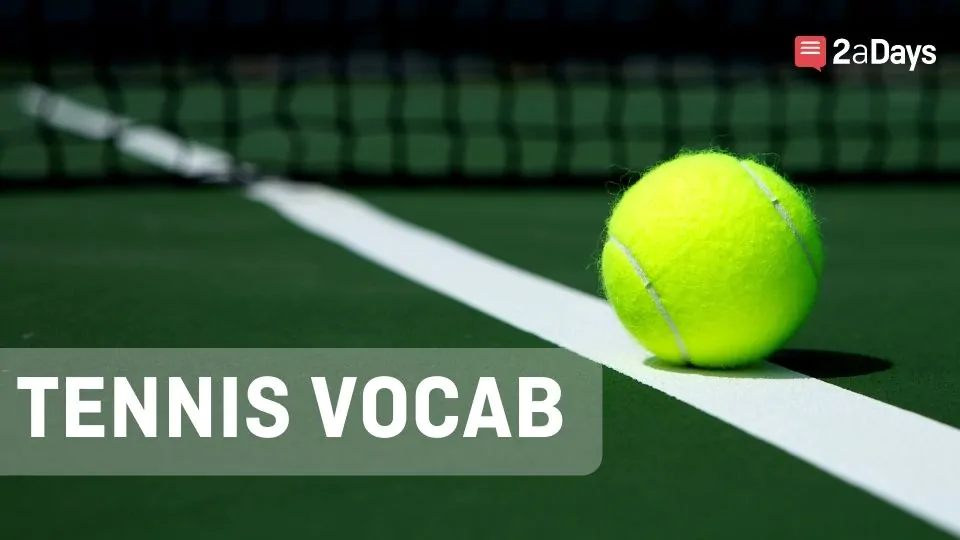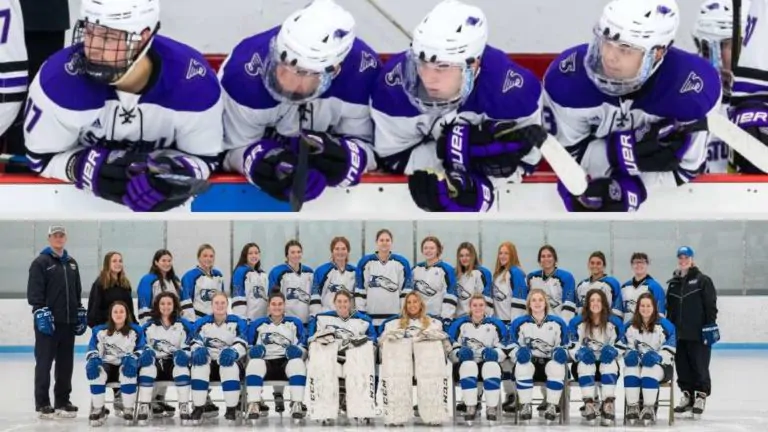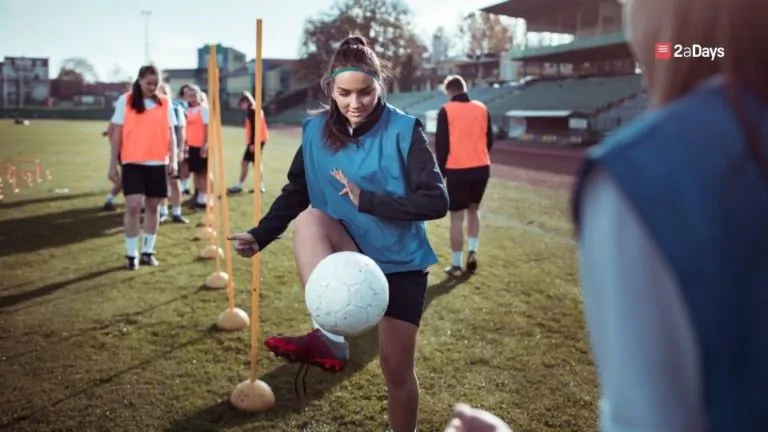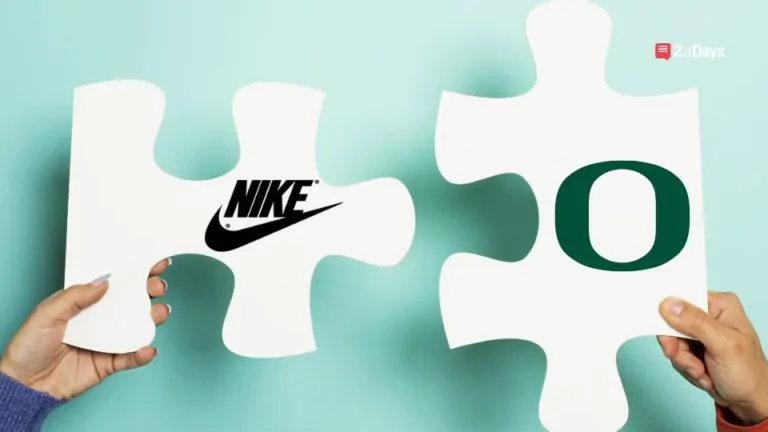Tennis has a lot of vocabulary that you should know when watching, playing, or talking about the sport. There are game rules, shots, equipment, court terms, positions, and scores to understand. Here are the most important vocabulary terms to know:
Game Rules
Serve: The game starts out with a serve from the baseline into the box diagonal from you. This is how the point is started. You only get two chances or the serve is considered a double fault.
Double fault: If you miss two serves (they go outside the service box) you lose the point, your opponent gets the point, and you move onto the next one.
Call the score: The server must call the score out loud (your score first, opposing score second) so both or all players are on the same page.
Games: You play each game to a minimum score of 40 (the third point). Winning 6 games wins you a set.
Sets: You win a set by winning 6 games. You must win 2 out of 3 sets in order to win a match.
Matches: The winner is the athlete/team who wins the match. You win the match by winning 2 out of 3 sets.
Play out the point: After the serve, you play out the point until someone makes a mistake. Anyone can win the point, no matter who is serving.
In the lines: The ball must land within the lines of the court to be in.
One bounce: The ball must bounce once. You cannot get the point if the ball bounces twice.
Foot Fault: When serving, you have to stand behind the baseline. If your foot hits the baseline while serving, it is called a foot fault, and you either serve again or lose the point, depending on if it is your first or second serve.
Related: 5 tips on How to get Recruited to be a D1 Tennis Player
Shot Types
Serve: Tossing the ball up and hitting it out of the air into the service box.
Stroke: How you swing to hit the ball off your racket.
Forehand: Your forehand is your most dominant hand. You swing with one hand on the racket in a low to high motion.
Righty: You are considered a righty if your forehand is your right hand.
Lefty: You are considered a lefty if your forehand is your left hand.
Backhand: Typically used with both hands today, but some people have a one-handed backhand. This stroke is used on the opposite side like you are hitting with your back hand.
Volley: Hitting the ball out of the air towards the net with a forehand and backhand motion only hitting out in front of you without swinging.
Overhead: Hitting the ball out of the air in a service motion over your head.
Pick up: Hitting the ball really close to the ground when it's by your feet.
Swinging Volley: Hitting the ball out of the air with a forehand or backhand motion, swinging low to high.
Underhand serve: Tossing the ball in front of you and hitting it like a forehand into the service box.
Dropshot: Hitting the ball really short to the other side of the court.
Deep: Hitting the ball really far back in the court.
Cross-court shot: Hitting the ball across the court to the opposite side.
Down the line shot: Hitting the ball straight in front of you to the other side of the court.
Lob: Hitting the ball really high to the other side of the court.
Winner: Hitting a ball where your opponent can't touch it.
Passing shot: Hitting the ball past the person at the net.
Ace: Serving a ball where your opponent can't touch it.
Wiff: Missing the ball completely.
Related: 13 Items You Need in Your Tennis Bag
Equipment
Tennis ball: In a match, three new tennis balls are used.
Rackets: It is good to have two rackets in case you break your strings.
Tennis shoes: Having tennis shoes prevents you from sliding on the court.
Racket strings: The strings woven into the racket.
Dampener: Rubber piece you put in between your strings near the bottom of the head of the racket to absorb vibrations when the ball hits your strings.
Grip: the rubber strip you wrap around the handle of the racket to keep your hands from slipping.
Court Terms
Service box: The two boxes towards the net that you serve into.
Doubles Alleys: The two alleys on the side of the court that only count in doubles.
Singles lines: The lines you hit inside of when playing singles.
Baseline: The very back line of the court.
Service line: The middle line of the court
Center Mark: The center of the court marked on the baseline.
Deuce Court: Whichever side of the court you are on, the right side is the deuce court.
Ad Court: Whichever side of the court you are on, the left side is the ad court.
No Man's Land: The middle between the baseline and the service line that is harder to return a ball from because you can get in a bad position for your opponent to hit the ball in a place you can't return it.
Positions
Singles: Playing one on one.
Doubles: Playing with a partner against another set of partners.
Mixed Doubles: A team of a male and female against another male and female team.
College Line Up: There are six singles positions and 6 doubles positions. 6 singles are played and 3 doubles are played.
Score
Love: Zero
15: First point you can get
30: Second point you can get
40: Third point you can get. If you win it, you win the game
Game: You need 6 games to win a set
All: Your score is tied in the game or set (Ex: 15 all means 15:15 or 2 all means 2:2)
Deuce: 40 all
Playing Ad: First to win the next two points after deuce wins the game. (Normally played in tournaments)
Playing No Ad: Sudden death at deuce; next point wins the game. (Normally played in high school or college tennis)
Ad (Advantage) In: Server has won the point after deuce when playing Ad and gets the game if they win the point, otherwise the score goes back to deuce.
Ad (Advantage) Out: Returner of serve has won the point after deuce when playing Ad and gets the game if they win the point, otherwise the score will go back to deuce.
Game point: Player who has the most points could win the game with the next point.
Set point: Player who is up could win the set with the next point.
Match point: Player who is up could win the match with the next point.
Have an idea for a story or a question you need answered? Want to set up an interview with us? Email us at [email protected]
Photo Source: Tennis Companion
* Originally published on April 12, 2022, by Sydney DeNardo







